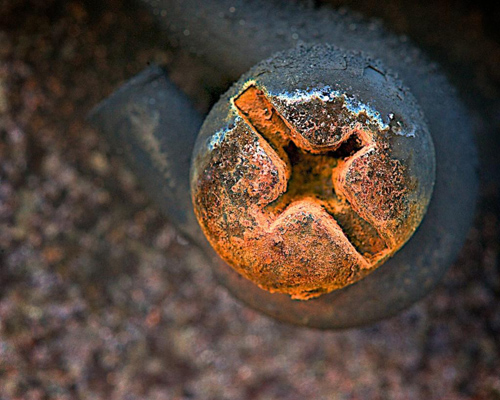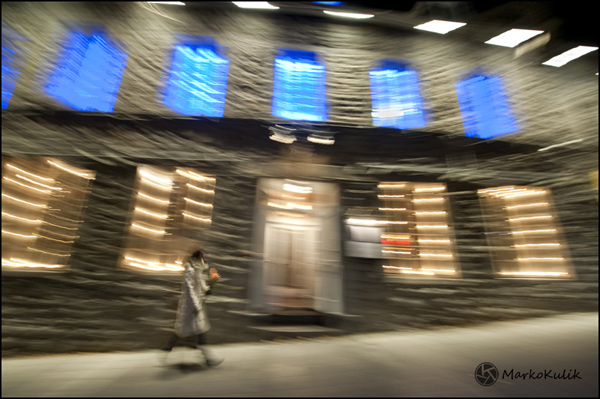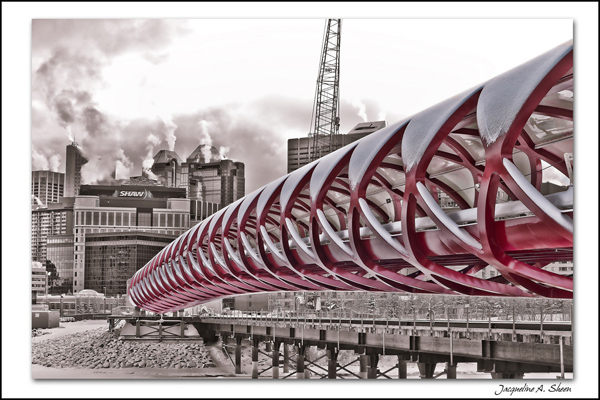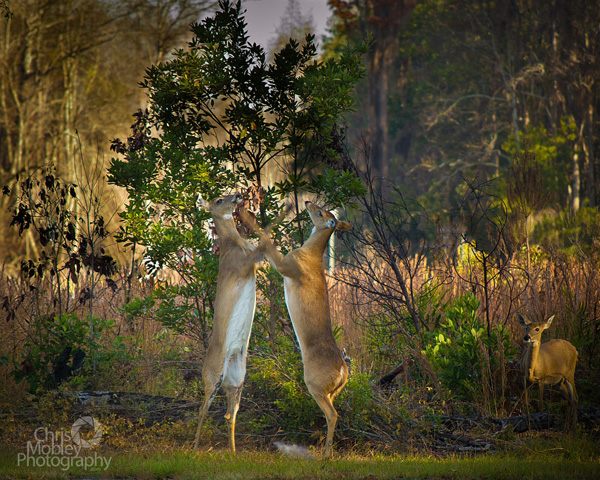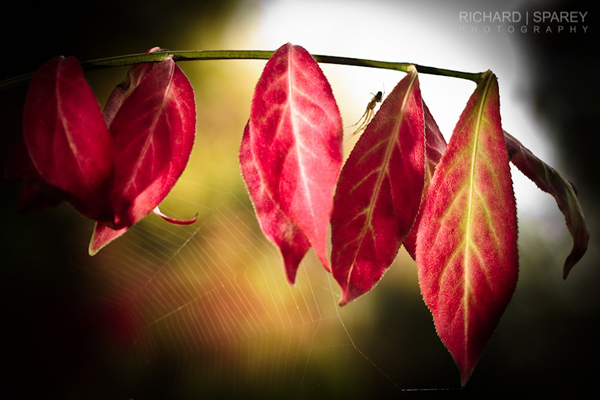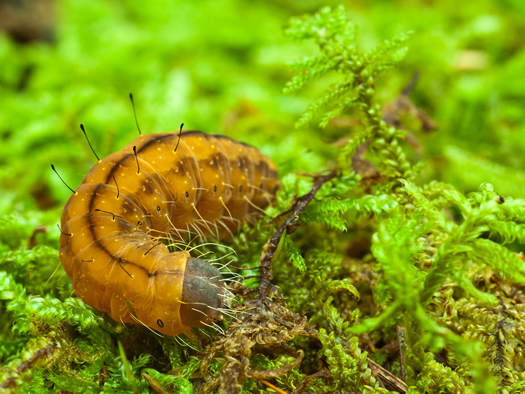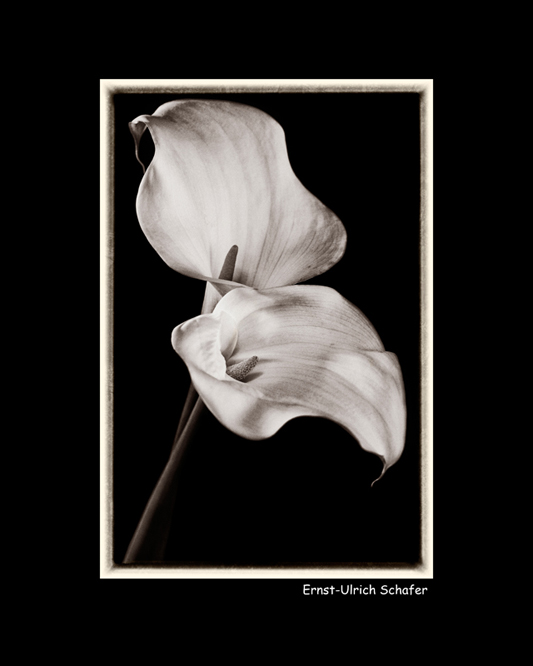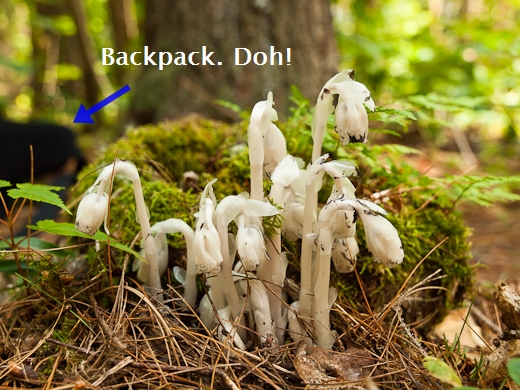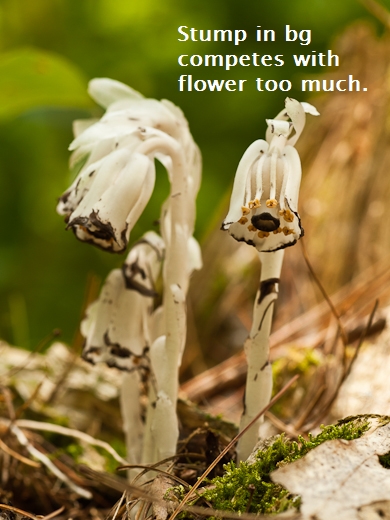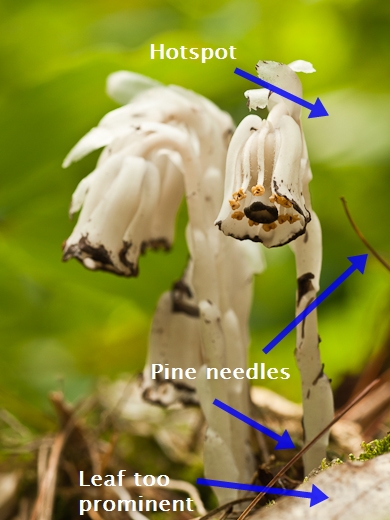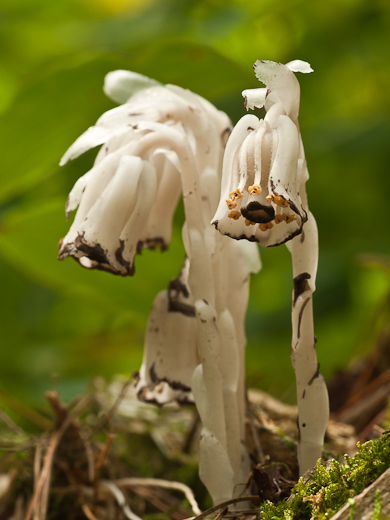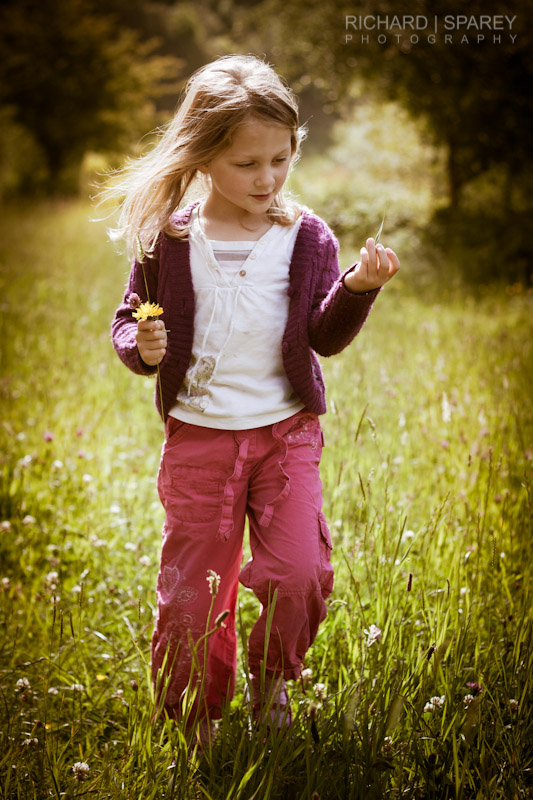A few months ago Darwin Wiggett and Samantha Crysanthou Published an e-book called Essential and Advanced Filters for Creative and Outdoor Photography. You may think that with digital photography the need for filters is over and you would be mistaken in thinking this.
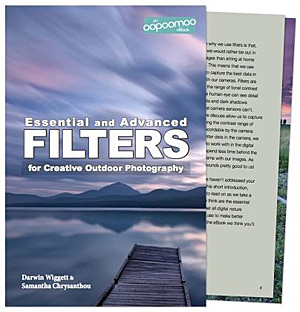
Certain filters like the polarizing filter are essential and at the time of this writing, the effect of this filter (which stays on my lens 95% of the time that I shoot outdoors in the day) is best achieved with an actual filter on the lens. Although I have seen digital-effect polarizing filters that you apply when post-processing an image, they suck when compared to the real thing. Darwin and Samantha provide awesomely clear images and explanations as to why this filter is essential, how and when to use it creatively and when not to use it. This filter is so important that a good 20% of the book is devoted to it. This section alone is worth the 10 dollars that they are charging for the e-book.
Two other kinds of essential filters that Darwin and Samantha talk about a great deal are graduated neutral density filters and neutral density filters. The purpose of graduated neutral density filters is to reduce the contrast in a scene (like a clipped sky) because when a scene is too contrasty the camera can not record all the tones even though our eye may see them. The filters are normally made of glass or plastic and are usually shaded at one end and clear at the other end. Neutral density filters are solid coloured and are mainly used to make shutter speeds longer to achieve creative blurring effects. This section of the book also has awesome (filtered and non-filtered for comparison) images and crystal clear explanations on how to use these filters.
The final section of the book is dedicated to additional filters that can add pop to your images as well as talking about technical considerations like colour casts and noise reduction.
This e-book is fab and well worth the ten dollars. The only thing I might debate in this book is calling the neutral grad filters essential. I feel they are essential only in certain very important cases. They are essential if you want to spend less time in front of your computer post-processing your images, because your images will already have the contrast control built into the exposure. If you are already excellent at the HDR technique, (taking multiple frames of the identical image with different exposures and then blending them in software) then these filters are not essential because you can achieve a similar goal using HDR. That said, even if you know the HDR technique well, graduated neutral density filters are still useful (perhaps even essential) when the scene is contrasty and involves movement.
It may come as no surprise that I highly recommend this 65 page e-book. Darwin and Samantha are veteran photographers and teachers, write super-clearly and their pics really illustrate the creative effect these filters have. This is an easy read with an easy on the eyes design. It’s a great e-book to have with you on your smartphone or tablet for creative inspiration while in the field. It’s also a fab resource when you are thinking about which of these filters to buy.
This book can be purchased directly from Darwin and Sam’s site.

